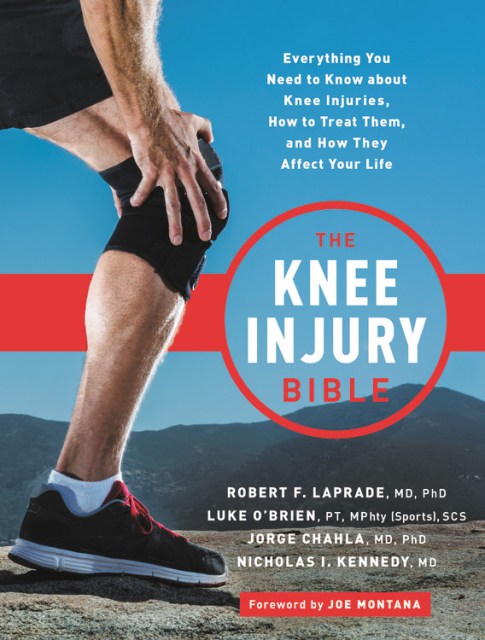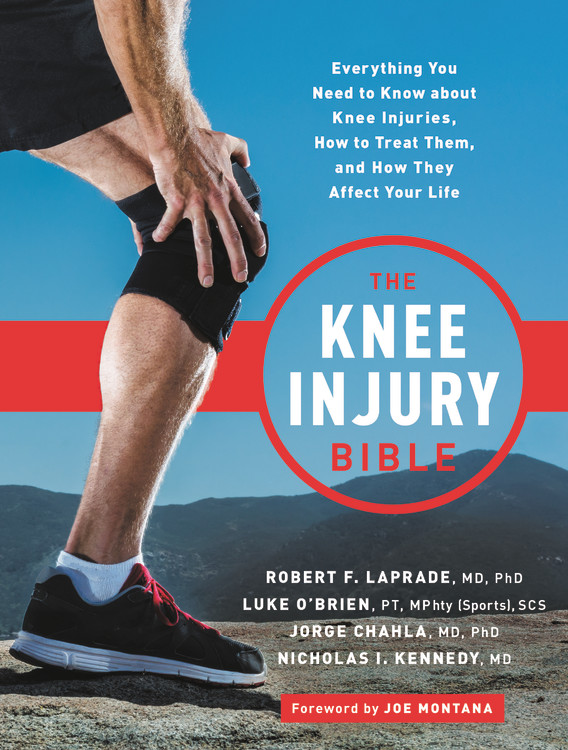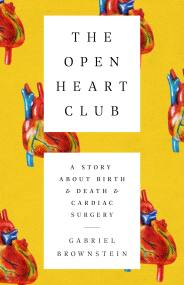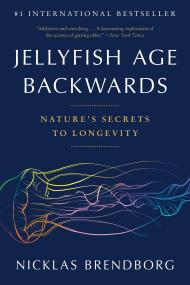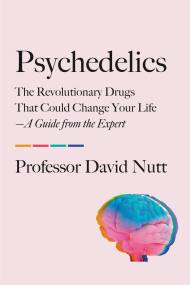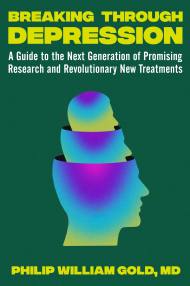Promotion
Use code MOM24 for 20% off site wide + free shipping over $45
The Knee Injury Bible
Everything You Need to Know about Knee Injuries, How to Treat Them, and How They Affect Your Life
Contributors
By Luke O’Brien
By Jorge Chahla
By Nick Kennedy
Formats and Prices
Price
$21.99Price
$27.99 CADFormat
Format:
- Trade Paperback $21.99 $27.99 CAD
- ebook $12.99 $16.99 CAD
This item is a preorder. Your payment method will be charged immediately, and the product is expected to ship on or around October 1, 2019. This date is subject to change due to shipping delays beyond our control.
Also available from:
From prominent experts in orthopedics and sports medicine, a comprehensive guide for anyone with knee injury or chronic knee pain: how injuries occur, how to treat problems, and how to return to the life and sports you love
Knee pain and knee injury happen to people at any age and across all walks of life. And they are very common: more than 1 million people underwent arthroscopic knee surgery last year. It can be confusing to navigate the many different treatment options, and surgery and physical therapy are taxing processes on many levels. In The Knee Injury Bible, some of the country’s foremost experts on orthopedics and sports medicine combine their expertise to share a definitive resource for patients. In clear, readily understandable language, the authors cover:
Knee pain and knee injury happen to people at any age and across all walks of life. And they are very common: more than 1 million people underwent arthroscopic knee surgery last year. It can be confusing to navigate the many different treatment options, and surgery and physical therapy are taxing processes on many levels. In The Knee Injury Bible, some of the country’s foremost experts on orthopedics and sports medicine combine their expertise to share a definitive resource for patients. In clear, readily understandable language, the authors cover:
- types of injuries and pain, and how they happen
- which tests are necessary and which are not
- what to ask at doctor visits
- what to expect when undergoing surgery
- basic physical therapy exercises
- healthy eating during the recovery period
- how to set expectations and return to the activities and sports you love
Chapters also include inspiring stories from other patients and prominent athletes to show readers that they are not alone — and they can recover and live normally again.
Genre:
- On Sale
- Oct 1, 2019
- Page Count
- 384 pages
- Publisher
- Da Capo Lifelong Books
- ISBN-13
- 9780738284835
Newsletter Signup
By clicking ‘Sign Up,’ I acknowledge that I have read and agree to Hachette Book Group’s Privacy Policy and Terms of Use
